20 Wildlife-Friendly Trees Every Nature Lover Should Plant
Trees play a crucial role in supporting wildlife and enhancing biodiversity in our environment. By providing food, shelter, and nesting sites, they create thriving ecosystems for a variety of species. Some trees attract pollinators like bees and butterflies, while others offer valuable resources for birds and mammals. Planting the right trees can improve the health of our natural landscapes and help preserve local wildlife. Many species of trees are adaptable to different climates and soil types, making them versatile additions to any garden or forest.
This post may contain affiliate links, which helps keep this content free. Please read our disclosure for more info.
Black Cherry Tree (Prunus serotina)
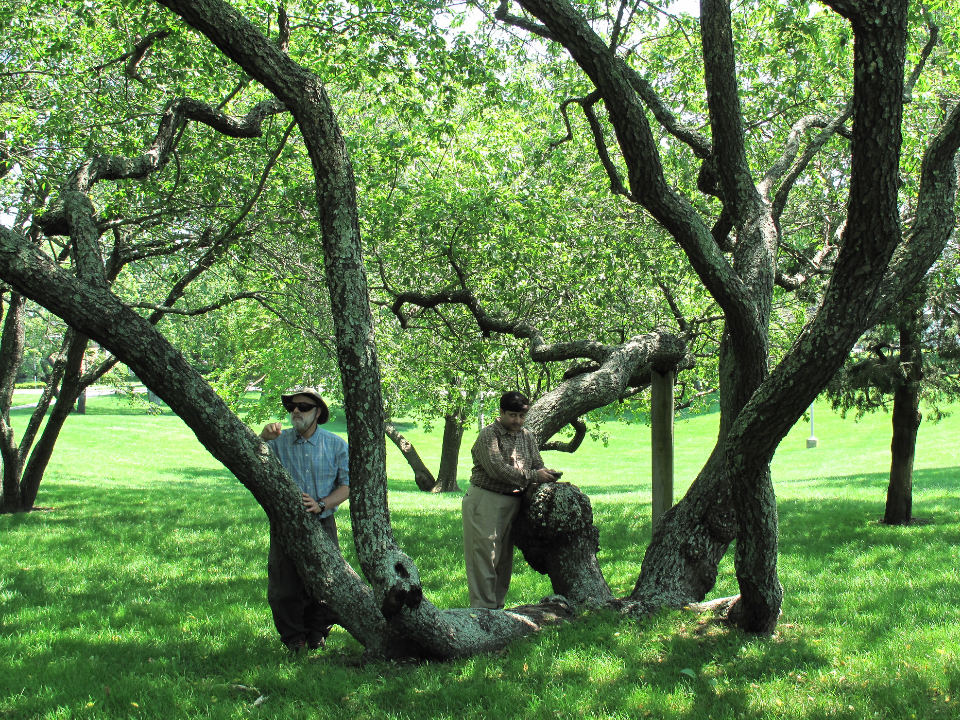
The black cherry tree is an excellent choice for promoting biodiversity due to its ability to support various wildlife species. It produces small fruits that are highly attractive to birds, such as robins and cedar waxwings, which feed on the cherries. The tree also provides a home for insects, such as caterpillars, which are an important food source for other wildlife. In addition to this, the tree’s flowers are a food source for bees and other pollinators, which are crucial for maintaining a healthy ecosystem.
Black cherry trees also thrive in a wide range of soil types, making them adaptable to various environmental conditions. These trees grow quickly, providing shelter and food for wildlife in a relatively short time. Their wood is valuable for lumber, making them a functional addition to any landscape while still supporting local ecosystems. This combination of ecological benefits makes the black cherry tree a top choice for anyone looking to enhance biodiversity in their area.
Pine Tree (Pinus spp.)
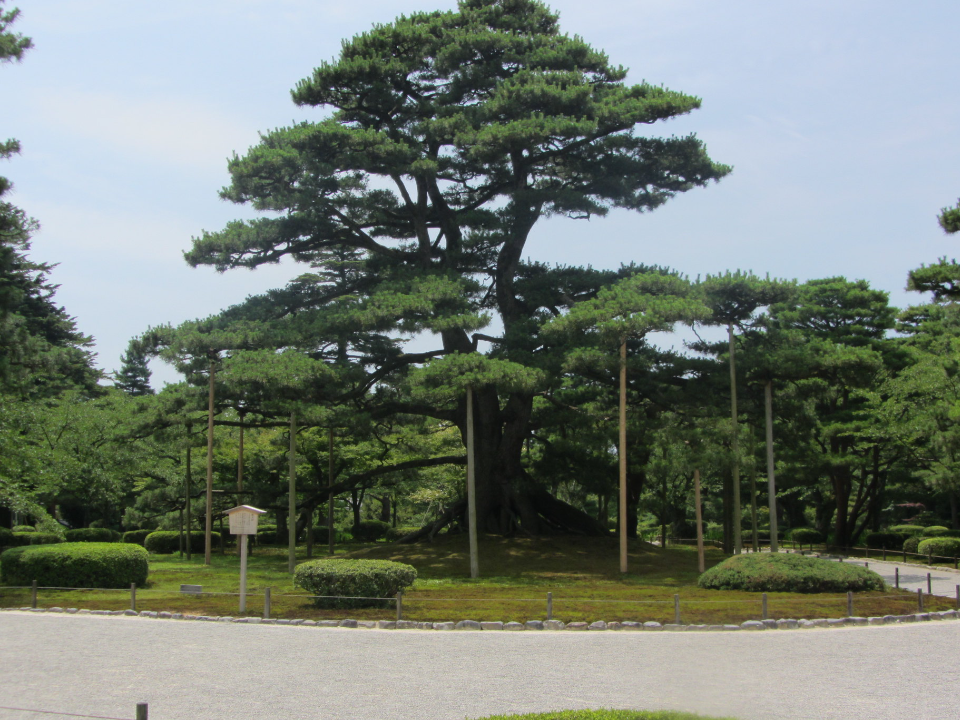
Pine trees are incredibly important for wildlife and biodiversity, offering a variety of benefits. Their needles provide shelter for small mammals and birds, offering protection from predators and extreme weather conditions. Pine seeds, also known as pine nuts, are a favorite food for squirrels, birds, and rodents. The bark and foliage also serve as important habitats for insects, which are integral to a balanced ecosystem.
Beyond providing food and shelter, pine trees help improve soil quality and water retention in their environments. Their resin provides a unique habitat for certain species of fungi, contributing to nutrient cycling within the forest. Pine forests are also crucial for preventing soil erosion due to their extensive root systems. These benefits make pine trees an essential component in maintaining a healthy, biodiverse ecosystem.
Sugar Maple (Acer saccharum)
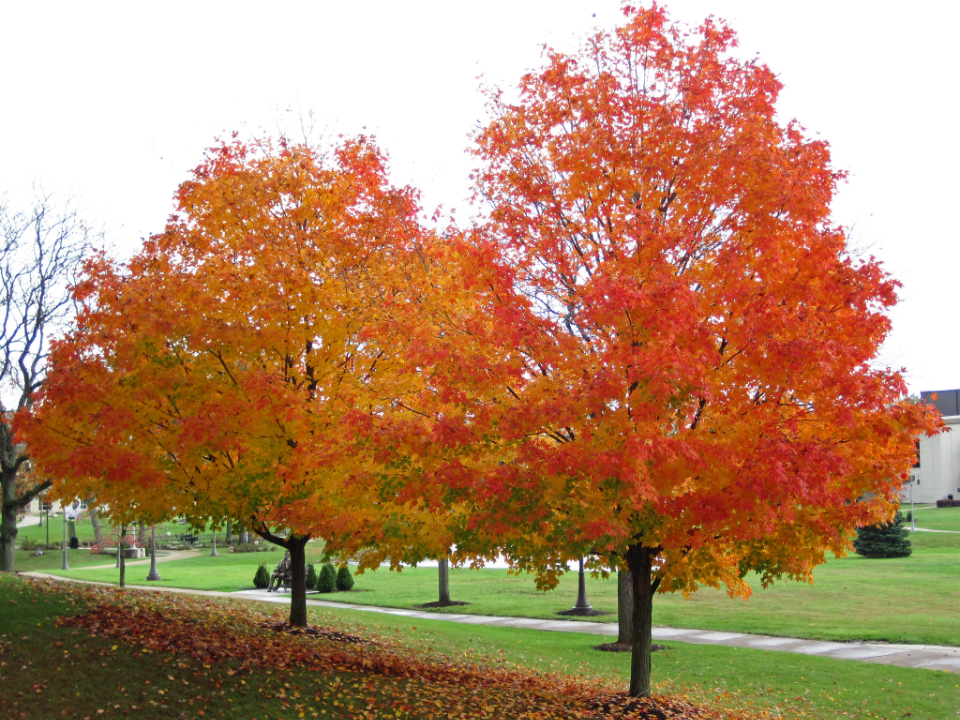
The sugar maple is not only a beloved tree for its beautiful fall colors but also a vital resource for wildlife. Its seeds, known as samaras, are consumed by squirrels and birds, providing an important food source during the autumn months. The sugar maple’s dense canopy offers shade and shelter for many species, including nesting birds and insects. The tree’s sap is also a food source for various animals, including birds and insects, particularly during the spring season.
Sugar maples thrive in moist, well-drained soils, making them a valuable addition to forests and woodlands. Their presence in an ecosystem helps regulate water levels in the soil, benefiting both plant and animal life. As a deciduous tree, the sugar maple helps maintain biodiversity by providing a diverse range of habitats throughout the year. Its long lifespan also ensures that it remains a stable part of the ecosystem for generations to come.
Red Maple (Acer rubrum)
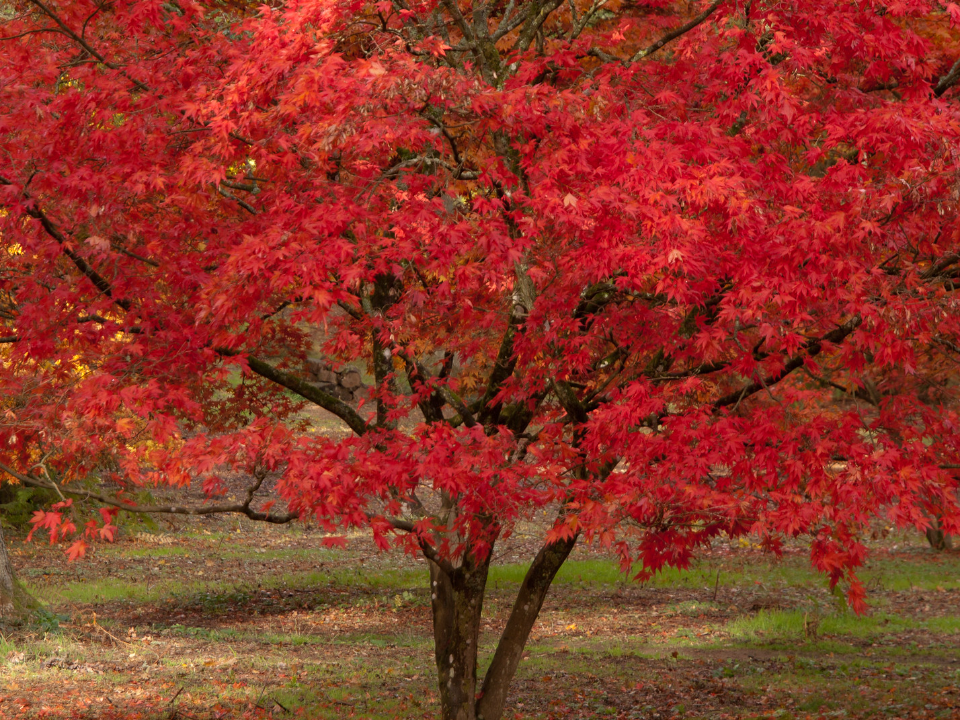
Red maples are a valuable tree species for both wildlife and biodiversity. Their seeds provide food for birds, while their flowers attract early-season pollinators, such as bees and butterflies. The tree’s dense foliage offers nesting sites and shelter for birds, mammals, and insects. Red maples are particularly important in wetland areas, where they help stabilize the soil and provide a crucial habitat for amphibians and aquatic creatures.
Red maples grow rapidly and can tolerate a wide range of environmental conditions, from wet to dry soils. Their adaptability makes them an excellent choice for improving biodiversity in urban and rural landscapes. The vibrant red color of the leaves in autumn also contributes to the beauty of the landscape. By adding red maples to your garden or woodland, you can enhance the biodiversity and resilience of the surrounding environment.
American Beech (Fagus grandifolia)
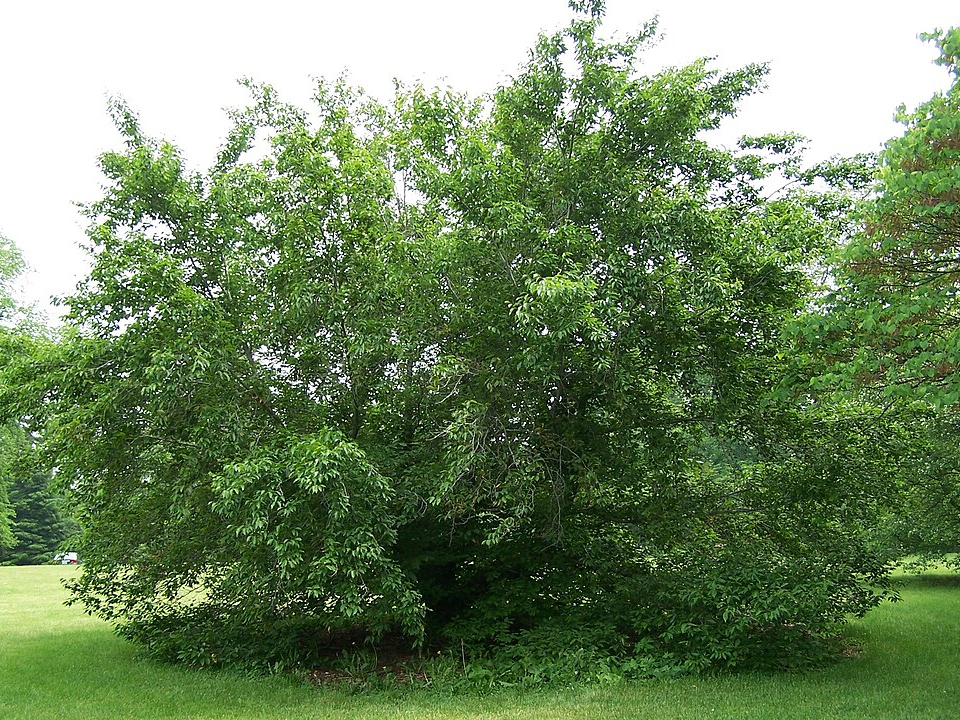
American beech trees are a cornerstone of healthy, biodiverse ecosystems. The tree’s dense, smooth bark provides habitat for a variety of insects and small animals. Beech nuts, which are produced by the tree, are an important food source for birds, squirrels, and other mammals, especially in the fall. These trees are known to support a wide range of other species, from insects to larger animals, contributing significantly to local biodiversity.
American beech trees are highly adaptable and can thrive in different soil types, especially in moist, fertile areas. Their broad canopy provides shelter and shade, creating a cool environment for wildlife. Beech trees are also valuable for their longevity, providing stable habitats for generations. Their role in maintaining a diverse ecosystem cannot be overstated, making them an essential tree for any wildlife-friendly landscape.
Willows (Salix spp.)
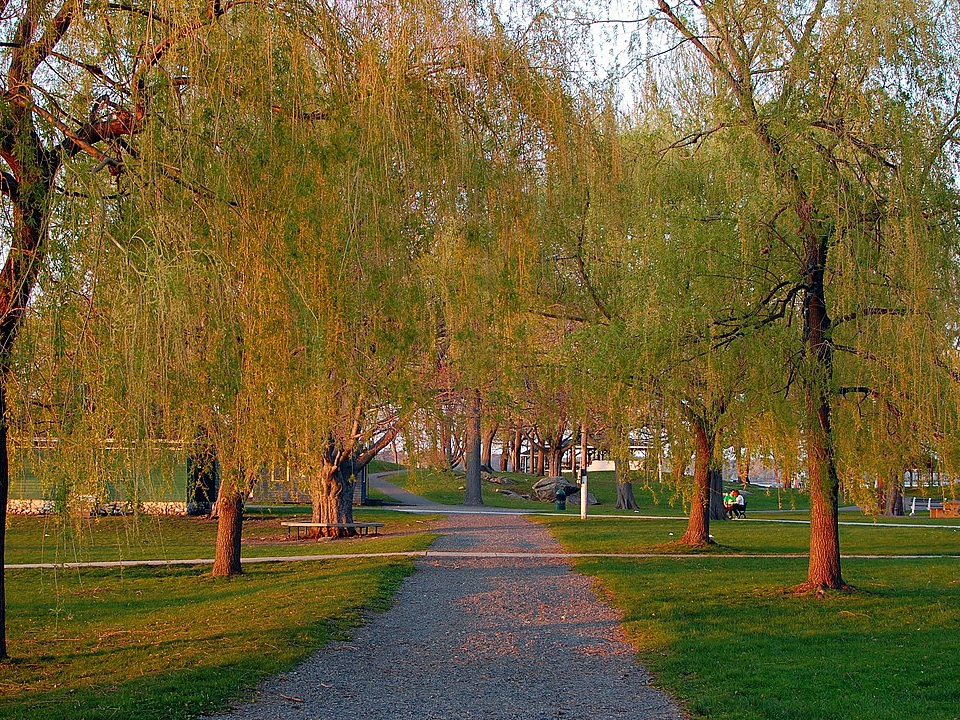
Willows are a key tree species in supporting biodiversity, particularly in wetland ecosystems. Their branches and leaves offer shelter to a variety of birds and mammals. Willows also support many species of insects, especially during their flowering season, when they produce pollen and nectar for pollinators like bees and butterflies. Additionally, the trees provide food for various animals, with deer, rabbits, and other herbivores feeding on their leaves and bark.
The fast growth rate of willows allows them to provide food and shelter for wildlife in a relatively short time. They are often used for erosion control in riparian zones, where their roots help stabilize soil along rivers and streams. Willows also help improve water quality by filtering pollutants and providing a habitat for aquatic life. Planting willows can significantly improve both terrestrial and aquatic biodiversity.
Elderberry (Sambucus canadensis)
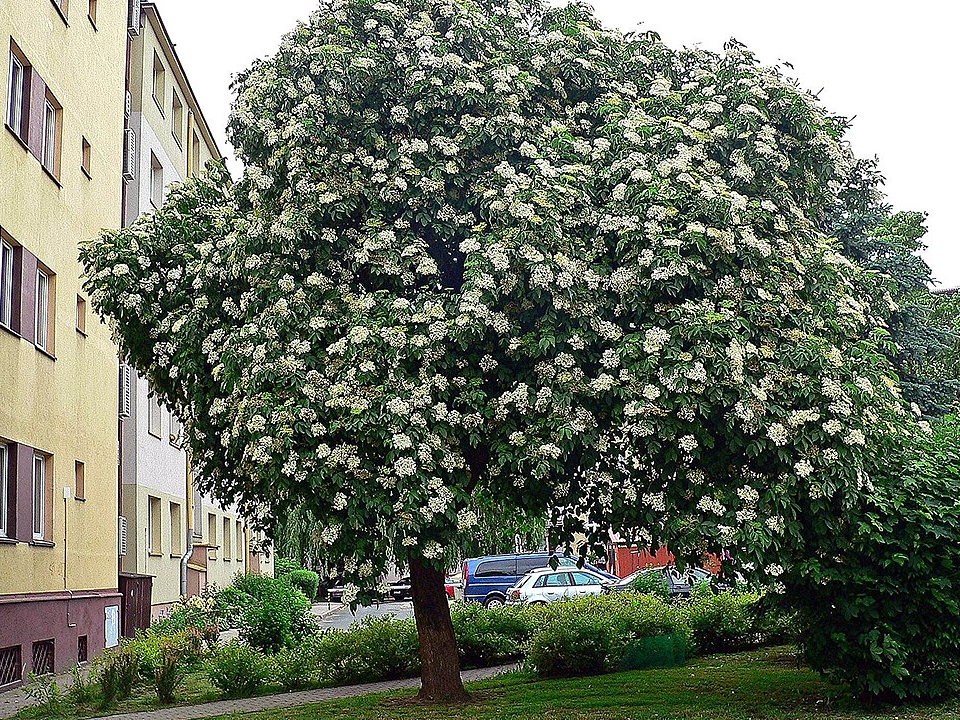
Elderberry bushes are highly valuable for wildlife and biodiversity due to their abundant fruits and flowers. The berries are consumed by various bird species, including robins, woodpeckers, and thrushes, providing an important food source. In addition, the tree’s flowers attract pollinators, such as bees, butterflies, and hummingbirds. Elderberries are often found near wetlands, where they provide habitat for amphibians and insects.
Elderberries are particularly beneficial in gardens and natural landscapes, where they offer food and shelter to a variety of species. Their fast growth and ability to thrive in a range of soil conditions make them a versatile choice. Elderberries also contribute to soil health by helping retain moisture and improve fertility. By planting elderberry, you can support a wide array of wildlife while adding beauty to your landscape.
Red Cedar (Juniperus virginiana)
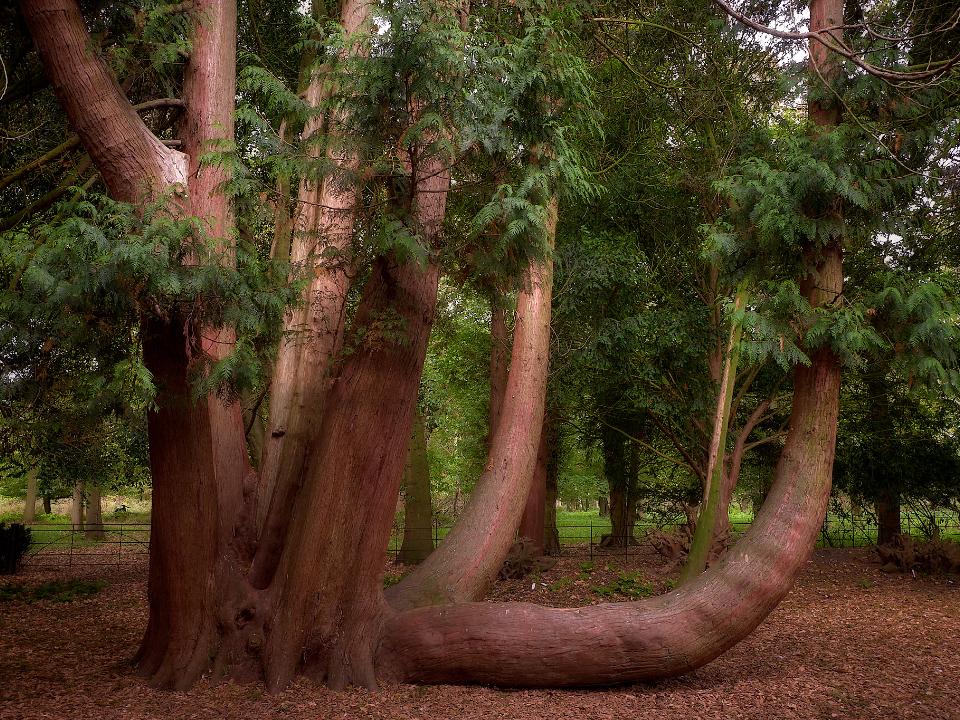
The red cedar tree plays a significant role in supporting local wildlife, particularly in wooded areas. Its berries are a crucial food source for birds, especially in the winter when other food is scarce. The tree’s dense foliage also provides shelter for small mammals and insects, offering a safe haven from predators and harsh weather conditions. In addition, the tree’s bark is a valuable resource for various types of insects, contributing to the overall biodiversity of the area.
Red cedars thrive in a variety of soil conditions, making them an excellent option for both dry and wetland areas. Their long-lasting wood provides shelter for many species, and their distinctive aroma is often a deterrent to certain pests, offering additional ecological benefits. The tree’s evergreen nature allows it to provide year-round shelter for wildlife. Red cedars are an excellent addition to any landscape aimed at supporting biodiversity and wildlife conservation.
Tulip Poplar (Liriodendron tulipifera)
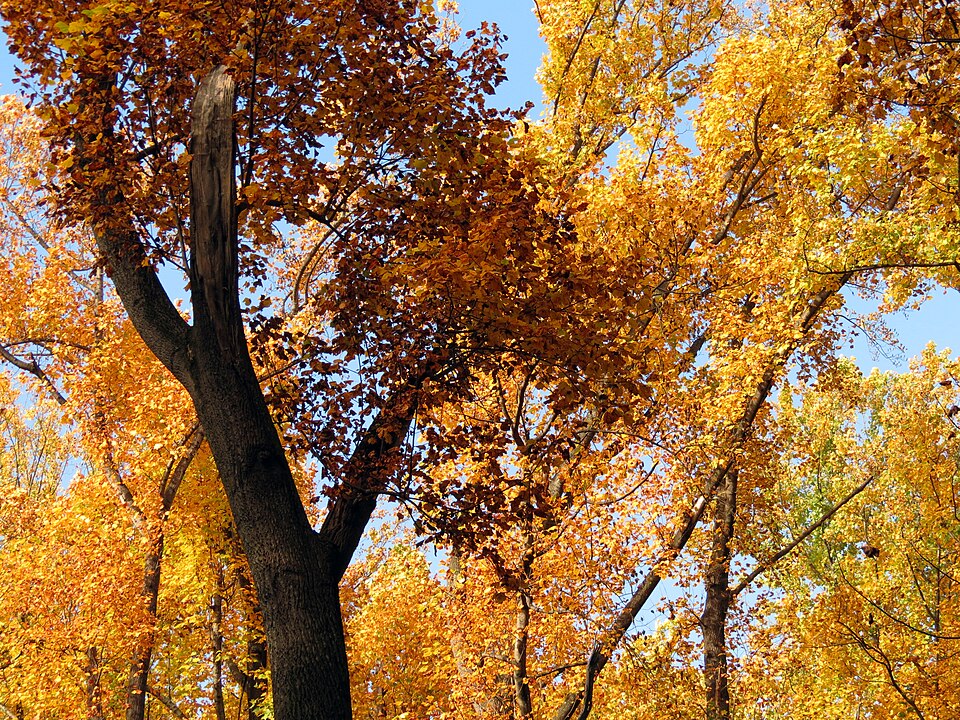
Tulip poplars are significant trees for biodiversity due to their ability to provide food and shelter for a wide variety of species. The flowers attract pollinators like bees and butterflies, while the seeds produced by the tree serve as a food source for birds. The large, tall canopy of the tulip poplar also offers ample shelter and nesting sites for various birds, insects, and small mammals. The tree’s bark serves as a habitat for insects, contributing to the food chain.
Tulip poplars grow quickly and can thrive in a variety of soil conditions. They are a dominant species in many forests and can help support a healthy, balanced ecosystem. The tree’s large size provides a striking presence in any landscape, while its ecological benefits make it a valuable addition to any wildlife-friendly space. Whether in a forest or garden, the tulip poplar plays a crucial role in promoting biodiversity.
Serviceberry (Amelanchier spp.)
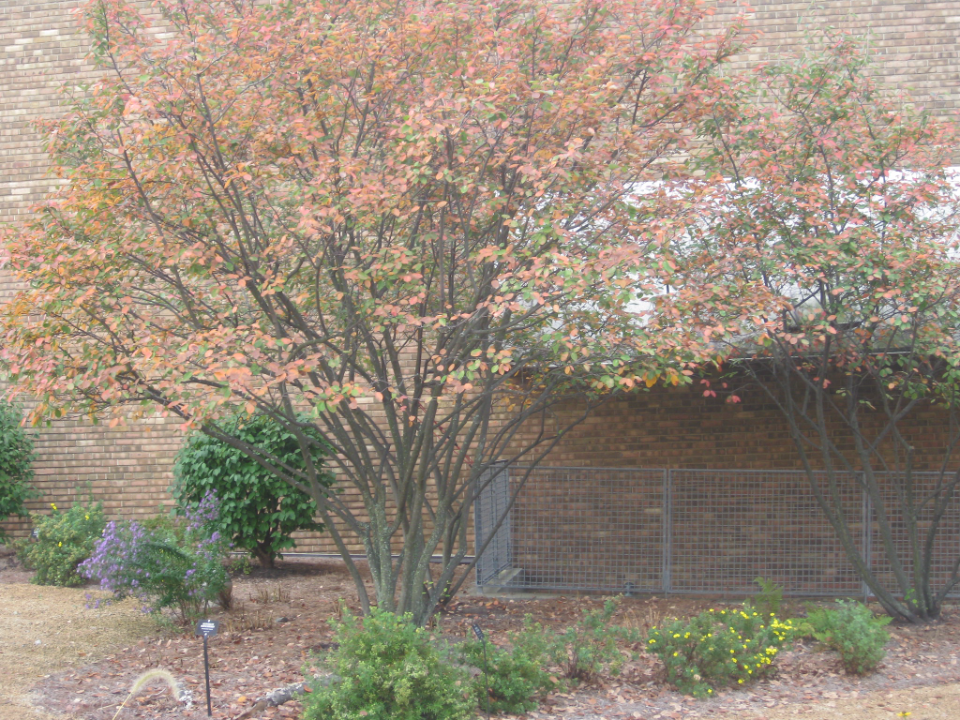
Serviceberry trees are valuable for wildlife and biodiversity due to their abundant fruit and attractive flowers. The small berries produced by serviceberries are a favorite food for birds, including robins, cedar waxwings, and bluebirds. The flowers also provide nectar for early-season pollinators such as bees and butterflies. In addition, the tree’s bark and branches offer shelter to a variety of small mammals and insects.
Serviceberries are adaptable and can thrive in a variety of soil types and conditions, making them a great choice for both urban and rural landscapes. They are known for their rapid growth, providing food and shelter to wildlife in a short period. The colorful foliage in the fall adds beauty to the landscape while supporting biodiversity. Serviceberries are a wonderful choice for anyone looking to enhance their landscape while supporting local wildlife.
American Elm (Ulmus americana)
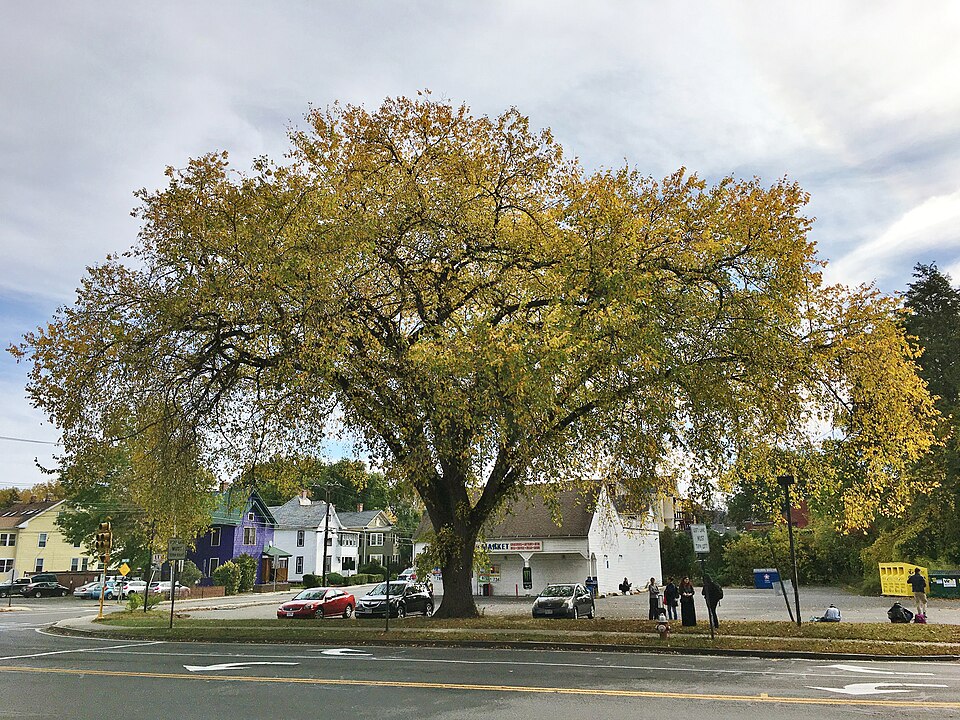
The American elm is an excellent tree for supporting wildlife due to its large canopy and dense foliage. Its seeds provide food for many bird species, including squirrels and chipmunks. The tree’s bark and leaves also offer shelter for a variety of insects, contributing to the local food chain. In addition, its large structure provides a perfect nesting site for various birds, including woodpeckers and owls.
American elms are tolerant of urban environments and can grow in a variety of soil conditions. Their long lifespan ensures that they remain a stable habitat for generations of wildlife. The American elm’s wide branches and sturdy frame help support ecosystems by providing a strong, protective canopy. Its adaptability makes it a great addition to any landscape.
White Ash (Fraxinus americana)
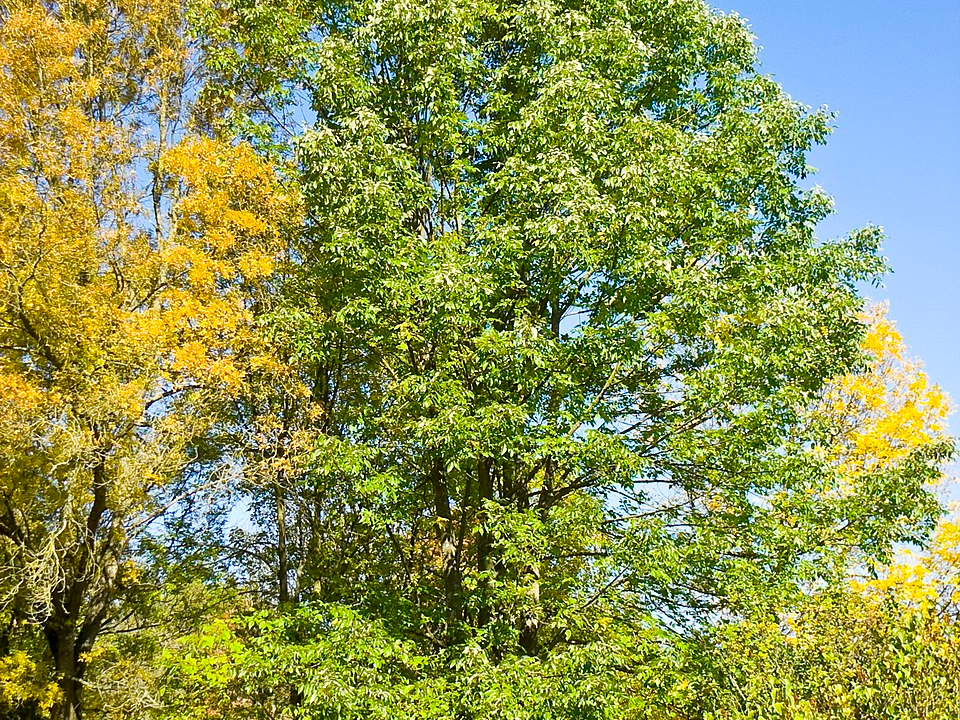
White ash trees are vital for local biodiversity as they provide shelter and food for various species. The seeds of white ash, known as samaras, are consumed by birds, including woodpeckers, chickadees, and nuthatches. The tree’s bark offers shelter to insects, which in turn serve as food for other wildlife, creating a balanced ecosystem. The large canopy also offers shade, which is important for providing a comfortable environment for animals.
White ash trees thrive in moist, well-drained soils, making them suitable for forested areas or urban landscapes. Their ability to adapt to a variety of growing conditions helps support biodiversity. The wood of the white ash tree is valuable for various uses, making it a functional and ecological asset. Its role in wildlife conservation, combined with its many uses, makes it a worthwhile addition to any landscape.
Sycamore (Platanus occidentalis)
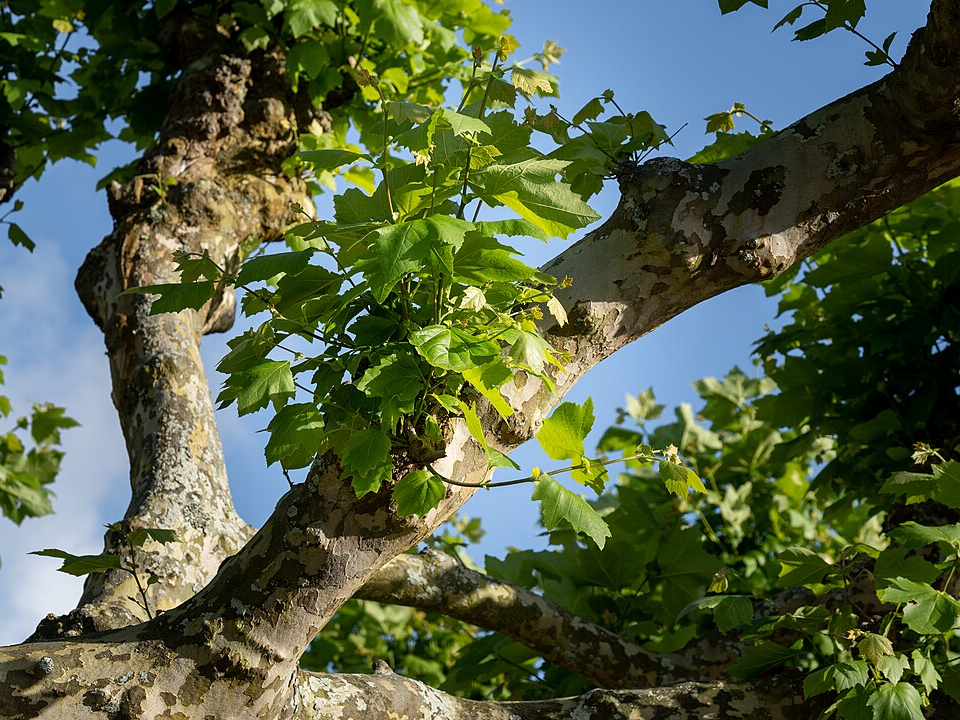
Sycamore trees are large, fast-growing trees that offer numerous benefits to wildlife. Their seeds are a food source for many birds, while their leaves provide shelter for insects. The rough bark of the sycamore tree is an excellent habitat for various species of beetles and moths. This tree is particularly important for creating habitats for larger animals, as its broad canopy provides shade and shelter.
Sycamores grow best in moist, fertile soils and are commonly found along rivers and streams. Their ability to thrive in wet conditions makes them valuable in riparian zones, where they help prevent soil erosion. The tree’s fast growth rate means it can offer shelter and resources for wildlife in a relatively short period. Their ecological importance cannot be overstated, making them an ideal tree for supporting biodiversity.
Sweetgum (Liquidambar styraciflua)
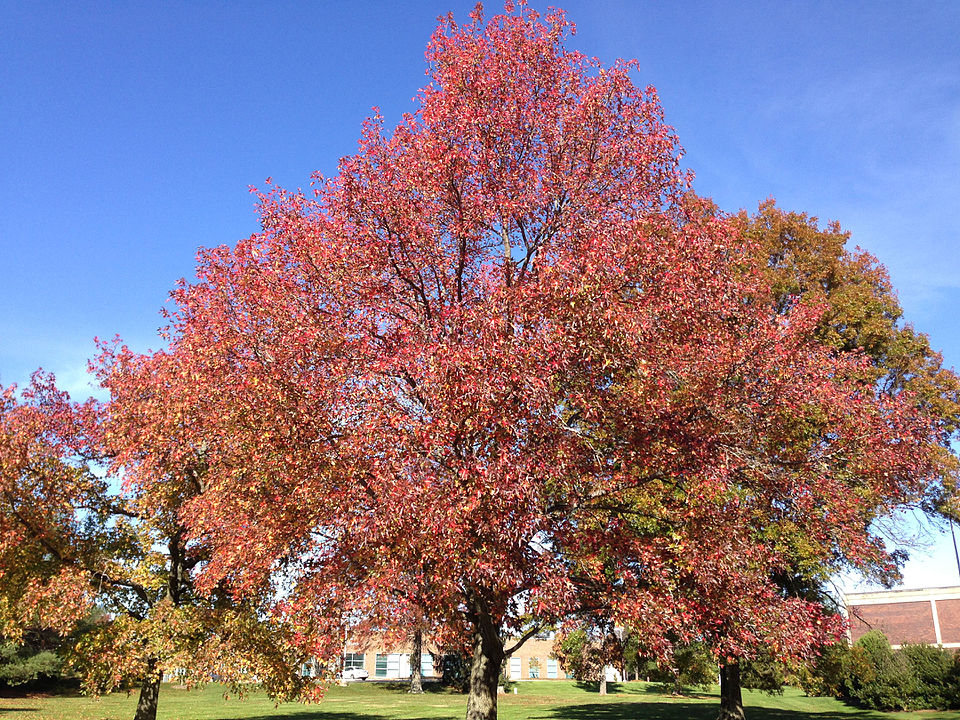
Sweetgum trees are essential for maintaining biodiversity, offering food and shelter for a wide variety of wildlife. Their spiky seed pods provide a source of food for birds and small mammals, while the tree’s dense canopy provides shelter for insects and larger animals. The sweetgum’s leaves are also important for sustaining the soil’s ecosystem by promoting nutrient cycling. The tree’s bark offers a habitat for various insect species, further contributing to the local food web.
Sweetgums are highly adaptable and can grow in both wet and dry soils. Their vibrant fall foliage adds beauty to the landscape while also supporting biodiversity. Sweetgum trees grow relatively quickly, making them an excellent choice for landscapes in need of rapid ecological restoration. Their ability to support numerous species makes them an invaluable asset to any ecosystem.
Chestnut (Castanea spp.)
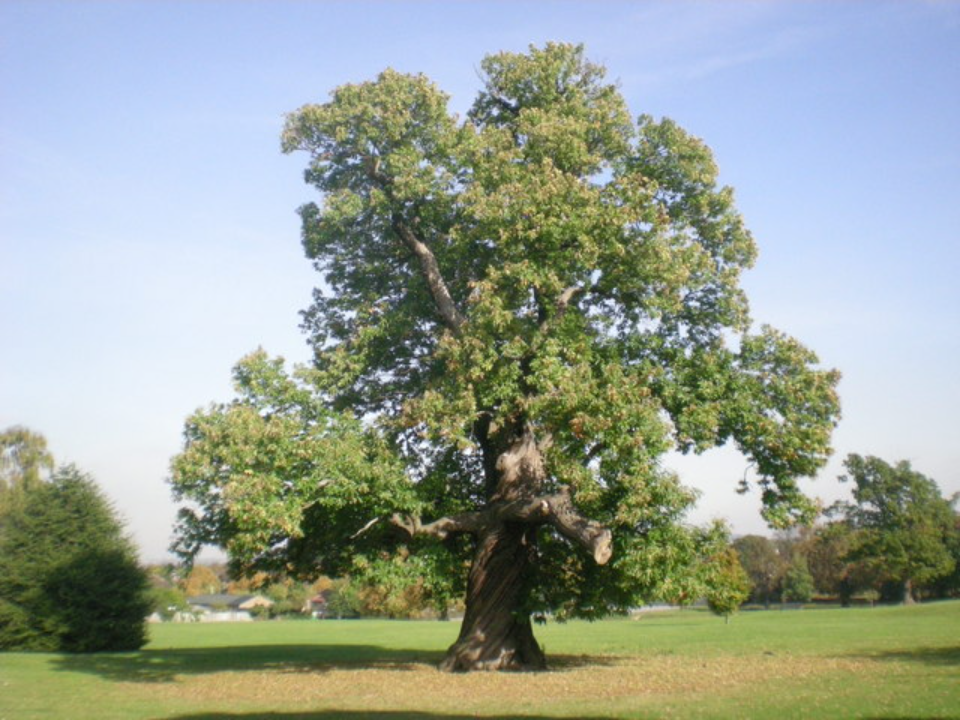
Chestnut trees are known for their large, nutrient-rich nuts, which serve as a valuable food source for a variety of animals. Squirrels, deer, and other mammals rely on chestnuts for sustenance, particularly during the fall and winter months. In addition to providing food, chestnut trees also offer shelter to insects, birds, and small mammals due to their dense canopies and bark. These trees support biodiversity by helping maintain a healthy food chain in forest ecosystems.
Chestnut trees are adaptable to many soil types and thrive in well-drained, slightly acidic soils. Their long lifespan means they contribute to the ecosystem over many decades, providing stability and habitat for generations of wildlife. Chestnut trees also play a role in improving soil quality and preventing erosion, particularly in mountainous or hilly areas. By planting chestnuts, you help support wildlife and biodiversity while enhancing the natural beauty of your landscape.
Black Walnut (Juglans nigra)
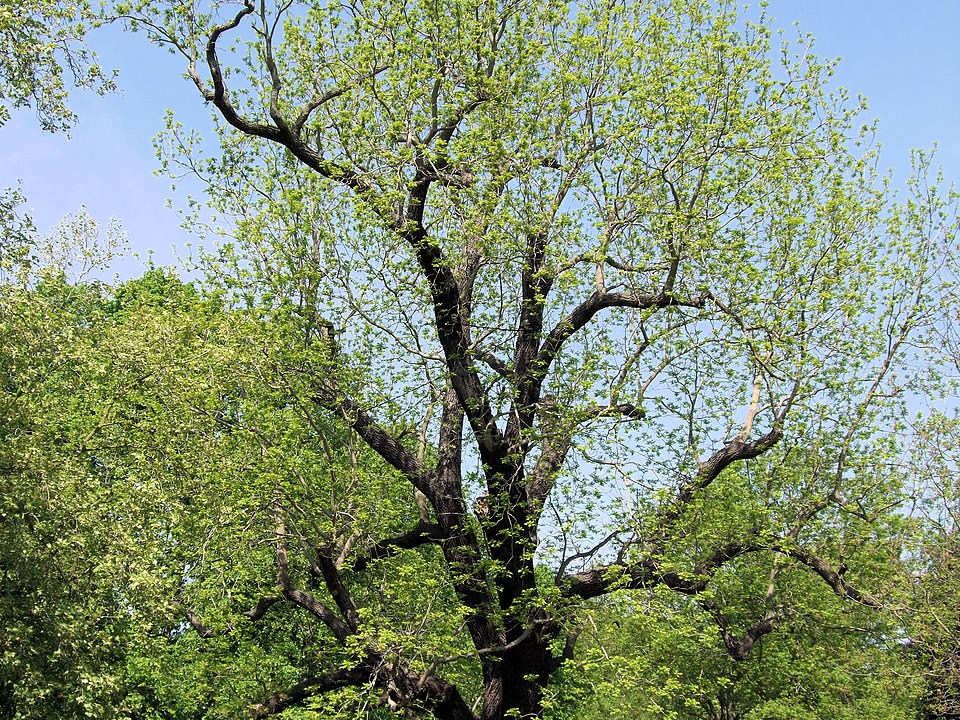
Black walnut trees are well-known for their nutritious nuts, which serve as a food source for a variety of birds and mammals. Their seeds are particularly attractive to squirrels, which will often store them for later use. The tree’s leaves and bark provide shelter for insects, while the large, spreading canopy offers shade and protection for many species. Black walnut trees also attract beneficial pollinators, such as bees, which are crucial for maintaining local ecosystems.
Black walnuts thrive in well-drained soils and can tolerate a wide range of climates. Their strong, dense wood is highly valued, making them both an ecological and economic asset. The trees grow relatively quickly and can offer a wide variety of resources for wildlife in a short period. Planting black walnut trees can help support wildlife while also providing environmental and economic benefits.
Hackberry (Celtis occidentalis)
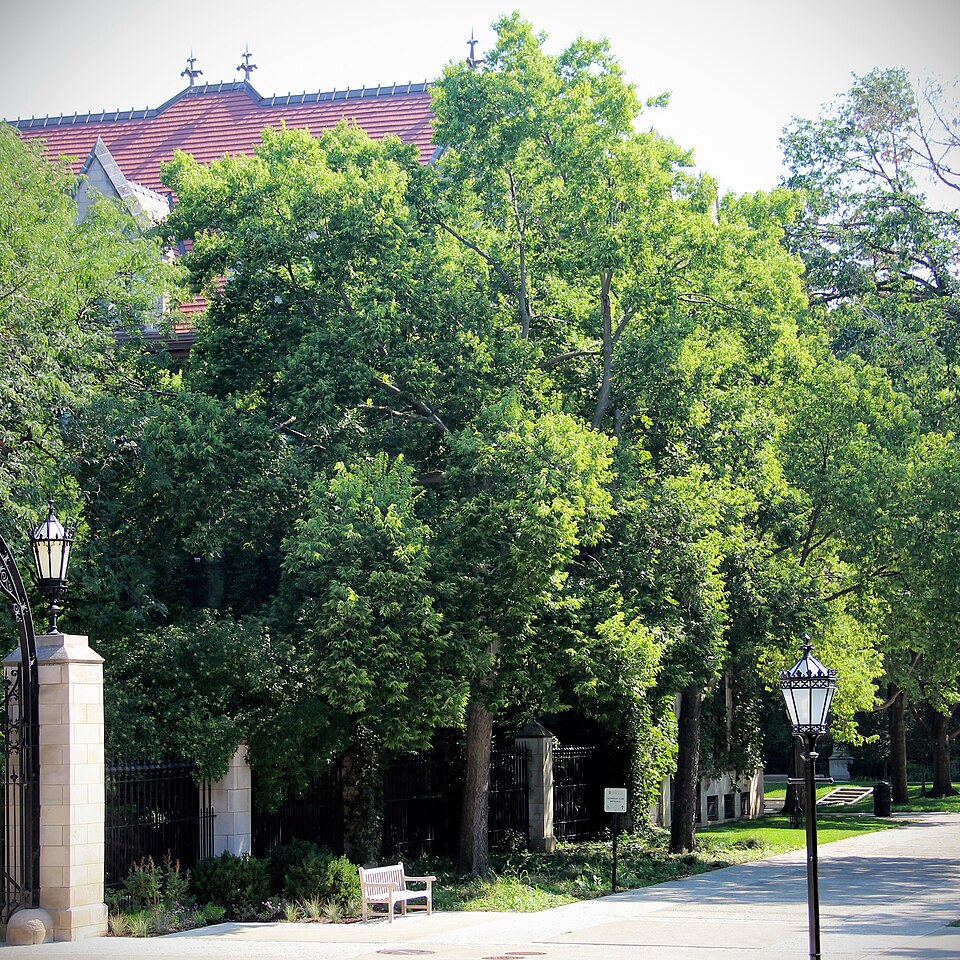
Hackberry trees are an essential resource for many species of wildlife. Their small, sweet fruits attract birds and small mammals, providing food during the fall and winter months. The tree’s bark serves as a home for various insects, which are integral to the food chain. Hackberries also provide shelter and nesting sites for a range of birds, particularly in forested and woodland areas.
Hackberry trees are highly adaptable and can grow in both dry and moist soils. They are particularly useful in urban landscapes, where they help support biodiversity by providing resources for local wildlife. The tree’s ability to thrive in a variety of conditions makes it a valuable addition to any wildlife-friendly garden or landscape. By planting hackberries, you help create a stable habitat for a wide range of species.
Kentucky Coffee Tree (Gymnocladus dioicus)
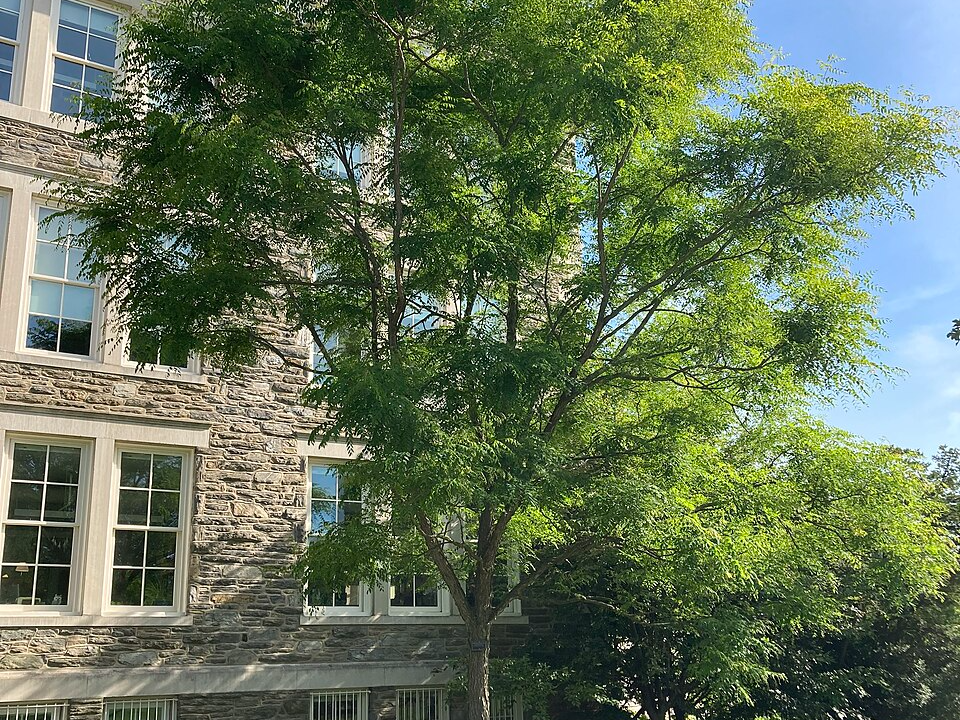
The Kentucky coffee tree is a unique species that plays a significant role in supporting biodiversity. Its large seeds, which resemble coffee beans, are eaten by birds and mammals, providing a valuable food source. The tree’s dense canopy provides shelter for various insects, small mammals, and birds. Its bark also serves as a habitat for various species of beetles, which are an important part of the local food web.
Kentucky coffee trees thrive in well-drained, fertile soils and are highly drought-resistant once established. They are also known for their adaptability in urban landscapes, where they can support wildlife in areas with limited space. These trees grow relatively slowly but offer long-term ecological benefits. By planting Kentucky coffee trees, you can help increase biodiversity and contribute to a healthier, more resilient ecosystem.
Tulip Tree (Liriodendron tulipifera)
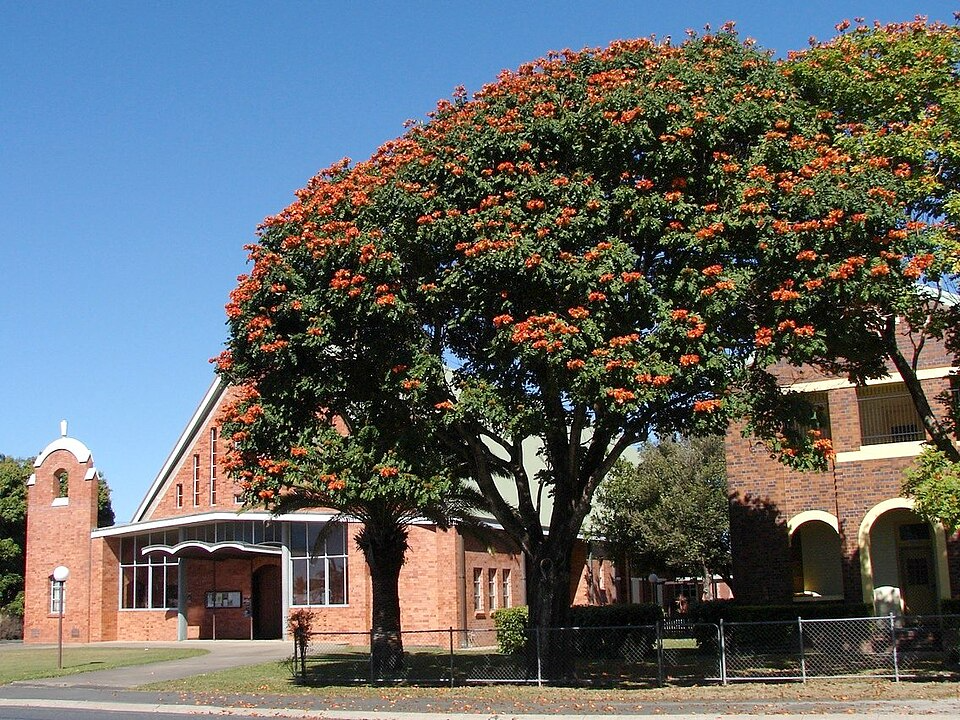
The tulip tree, known for its distinctive tulip-shaped flowers, is a valuable addition to any landscape aimed at promoting biodiversity. The tree produces seeds that are a food source for birds, such as squirrels, chipmunks, and woodpeckers. Its large canopy provides shade and shelter for a wide variety of species, including small mammals and insects. The tree’s flowers also attract pollinators, such as bees and butterflies, contributing to the overall health of the ecosystem.
Tulip trees grow quickly and thrive in a variety of soil types, making them an excellent choice for both urban and rural landscapes. Their tall, straight trunks and expansive canopy make them a striking feature in any setting. As an important part of forest ecosystems, tulip trees help support a wide range of wildlife species and improve overall biodiversity.
Hawthorn (Crataegus spp.)
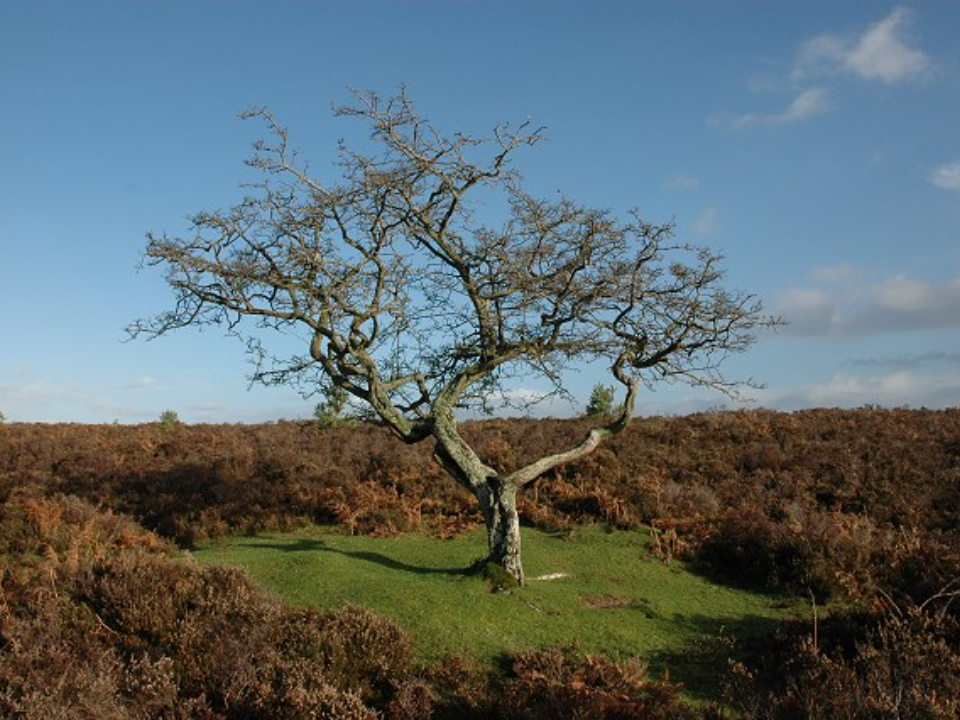
Hawthorn trees are excellent for promoting biodiversity due to their small fruits and dense thickets. The berries produced by hawthorns are a food source for various birds, such as robins, thrushes, and finches. In addition to providing food, the tree’s thickets offer shelter and nesting sites for small mammals and birds. The flowers attract pollinators, such as bees and butterflies, helping to support the health of the local ecosystem.
Hawthorns are highly adaptable and can grow in a wide range of soil types, from dry to moist conditions. They are well-suited for both urban and rural landscapes, where they can help provide food and shelter for wildlife in a variety of environments. Their dense growth habit makes them an excellent choice for creating natural hedgerows and wildlife corridors. Hawthorns are a key species in supporting the biodiversity of any landscape.
This article originally appeared on Avocadu.
